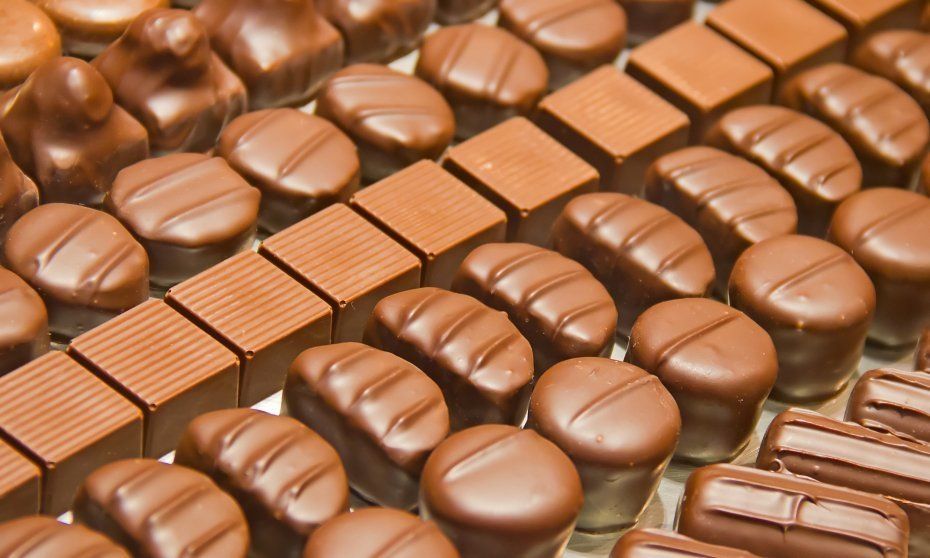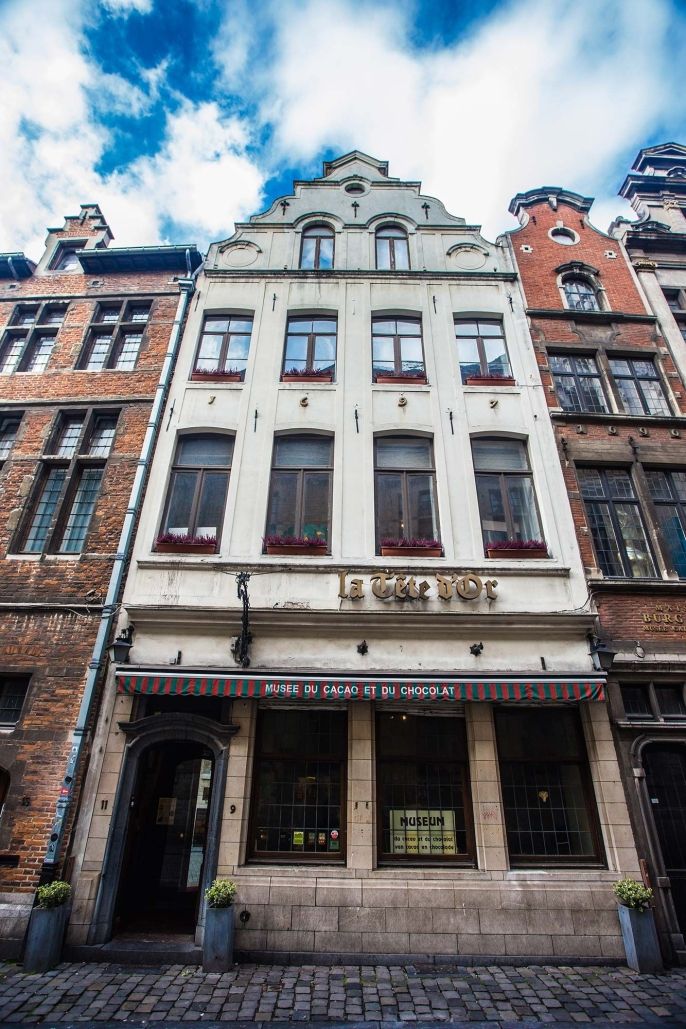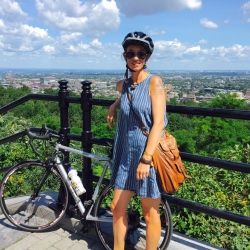Chocolate called; we answered!
When we said that we heard the siren song of chocolate in Belgium and that we had every intention of giving into its bewitching call, we were serious, and what better way to indulge than at Choco Story, Brussels' own Museum of Chocolate and Cocoa?
After meeting their enthusiastic guide, the students learned about where cocoa grows, what cocoa pods look like, how the seeds are harvested, extracted (the white pulp is fed to the animals!), processed, and eventually transformed into the chocolate we know and love today.
In the first few rooms, we discovered the role of cocoa beans in Central American culture--they were first a form of currency, and then later mixed into a drink, though bitter and spicy, not sweet--until the arrival of the conquistadors.
In the next portion of the visit, students learned how Europeans adapted cocoa to suit their sweet palates, developing a variety of rituals and serving utensils to allow the rich to pursue this elite past time.
In this same portion of the tour, the guide explained the process for turning fermented, roasted cocoa beans into cocoa powder and cocoa butter, from which dark, milk, and white chocolate can be made. More importantly, the students were able to sample examples of each in this room!
The final phase of the visit was discovering how "pralines"--the filled chocolate candies that we know today made by companies like See's--are created. The master chocolatier begins by coating his mold with a thin film of tempered, melted chocolate.
He then fills the cooled shells with ganache--a sweet mixture composed of a whole gamut of possible ingredients. On this particular day, he was using raspberry-chocolate ganache.
The final step is to close the molds with another film of chocolate, to chill them, then turn them out onto the counter for sampling. And sample we did!
Related Posts
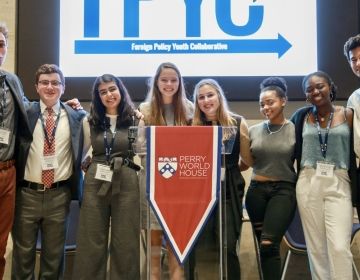
A Conversation With The Foreign Policy Youth Collaborative
Just about a year ago, a handful of friends who attended our CIEE World Government program in Brussels, Belgium, decided to organize to give youth a voice on world affairs... keep reading
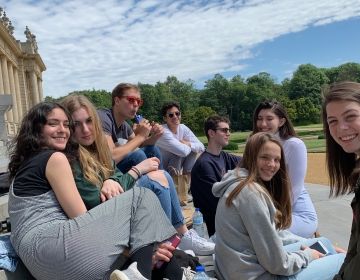
Friends/Amis/Freundes/Vrienden
Summer isn’t summer without amazing friends. This trip, I’ve made some of the best friends I’ve ever had. On the very first day, we were all exhausted and extremely jet-lagged... keep reading
The Last Friday Together
Who'd have thought that three weeks could go by so fast? During their final class on Friday, students worked on finalizing their pitch for a website designed to boost agency... keep reading
